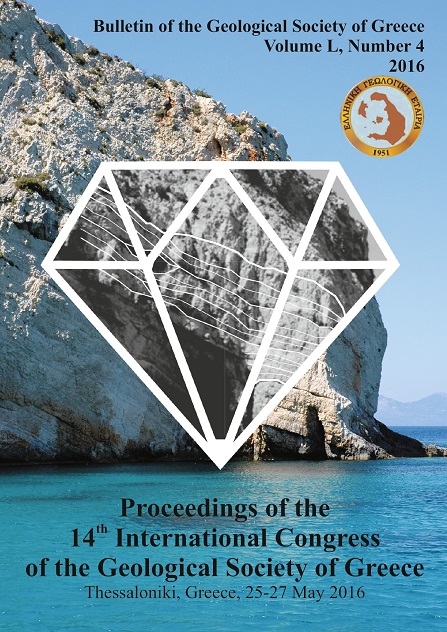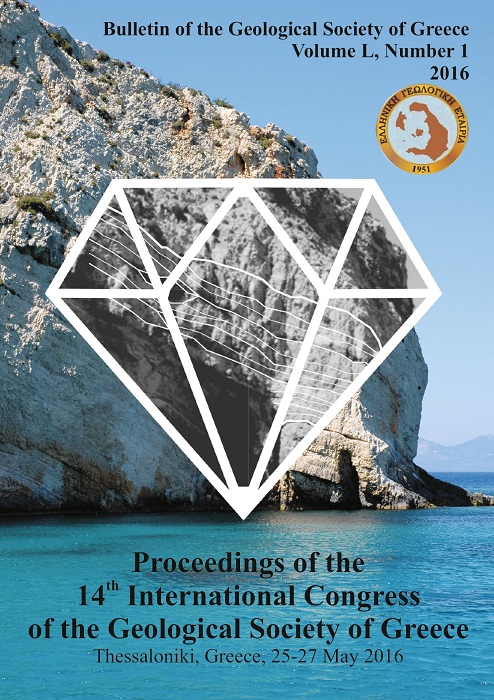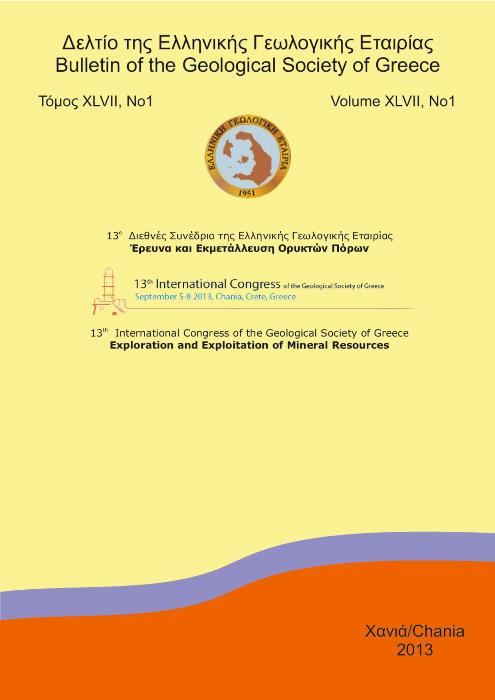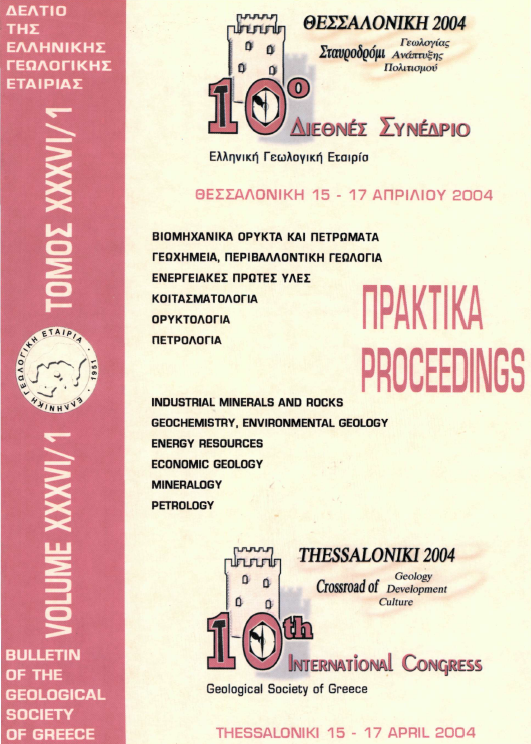A CASE STUDY OF DIFFERENT LIMESTONES DURING QUICK LIME AND SLAKED-LIME PRODUCTION
Περίληψη
We have examined 5 different limestones in order to study their behavior i) during calcination at different temperatures (900, 1050 and 1200°C for 30 min) and ii) after hydration of quick limes derived to slaked lime. Quick limes calcined at 900°C show the lower reactivity values. This could be related to the low calcination temperature or to the short calcination time of 30 min which was unable to produce enough lime. The samples calcined at temperatures of 1200°C are less reactive compared to the hydrated limes which were prepared by hydration of quick lime calcined at 1050°C, indicating by parameters such as the (CaO+MgO)Lime, the time required to become the temperature maximum and the reactivity rate. These, probably could be due to crystal growth at relative high temperatures.
Λεπτομέρειες άρθρου
- Πώς να δημιουργήσετε Αναφορές
-
Leontakianakos, G., Baziotis, I., Ekonomou, G., Delagrammatikas, G., Galbenis, C., & Tsimas, S. (2010). A CASE STUDY OF DIFFERENT LIMESTONES DURING QUICK LIME AND SLAKED-LIME PRODUCTION. Δελτίο της Ελληνικής Γεωλογικής Εταιρείας, 43(5), 2485–2491. https://doi.org/10.12681/bgsg.11654
- Ενότητα
- Βιομηχανικά Ορυκτά και Πετρώματα

Αυτή η εργασία είναι αδειοδοτημένη υπό το CC Αναφορά Δημιουργού – Μη Εμπορική Χρήση 4.0.
Οι συγγραφείς θα πρέπει να είναι σύμφωνοι με τα παρακάτω: Οι συγγραφείς των άρθρων που δημοσιεύονται στο περιοδικό διατηρούν τα δικαιώματα πνευματικής ιδιοκτησίας επί των άρθρων τους, δίνοντας στο περιοδικό το δικαίωμα της πρώτης δημοσίευσης. Άρθρα που δημοσιεύονται στο περιοδικό διατίθενται με άδεια Creative Commons 4.0 Non Commercial και σύμφωνα με την οποία μπορούν να χρησιμοποιούνται ελεύθερα, με αναφορά στο/στη συγγραφέα και στην πρώτη δημοσίευση για μη κερδοσκοπικούς σκοπούς. Οι συγγραφείς μπορούν να: Μοιραστούν — αντιγράψουν και αναδιανέμουν το υλικό με κάθε μέσο και τρόπο, Προσαρμόσουν — αναμείξουν, τροποποιήσουν και δημιουργήσουν πάνω στο υλικό.









